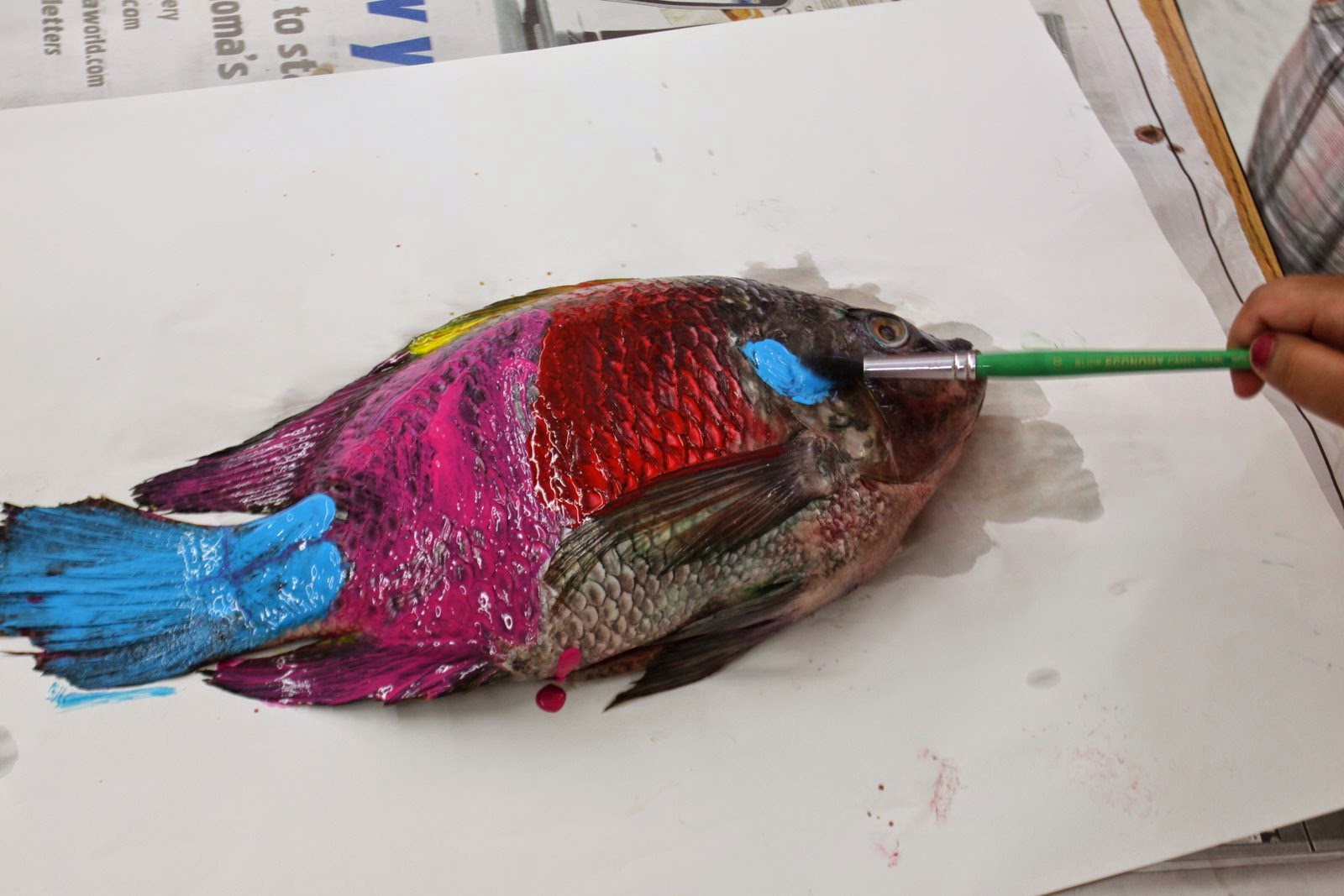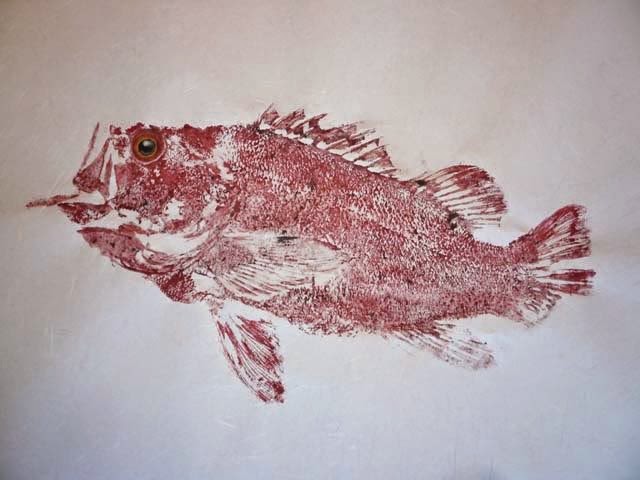
Black sea bass grow slowly and on average become 2 feet in length and can weigh upwards of 10 pounds. Large black sea bass are black in color; smaller ones are more of a dusky brown. The belly is slightly paler than the sides. The fins are dark with dark spots, and the dorsal fin is marked with a series of white spots and bands. Black sea bass often eat whatever prey is available, but they especially like crabs, shrimp, worms, small fish, and clams.
In the Mid-Atlantic, the way black sea bass are caught changes seasonally with the species' seasonal migrations—when they're inshore, commercial fishermen catch them primarily with fish pots (both baited and un-baited) and hand lines. Recreational fishermen can also fish for black sea bass when they're inshore. Once they swim offshore in the winter, they're caught in trawl fishing. (Although effective at catching fish, trawling often results in bi-catch of other less desirable fish species.) Once caught, black sea bass can be fileted and cooked in several different ways, It's even possible to use the bones and carcass as the base for a stock or soup broth.
Check out the video below to learn how to filet the bass and
the links below for some yummy recipes!
the links below for some yummy recipes!
Similar to the flounder, black sea bass can also be used to make beautiful fish prints! Because the bass is "round" instead of flat like the flounder, these prints may take a few tries before producing the perfect print!
 |
| Don't be afraid to experiment with color! |
 |
And remember, the bass can still be filleted and cooked to eat as long as the inky skin is removed.
For more information on the black sea bass, the status of the species,
and fishing regulations check out these websites!
http://www.mass.gov/eea/agencies/dfg/dmf/recreational-fishing/black-sea-bass.html
http://www.mass.gov/eea/agencies/dfg/dmf/recreational-fishing/black-sea-bass.html

No comments:
Post a Comment